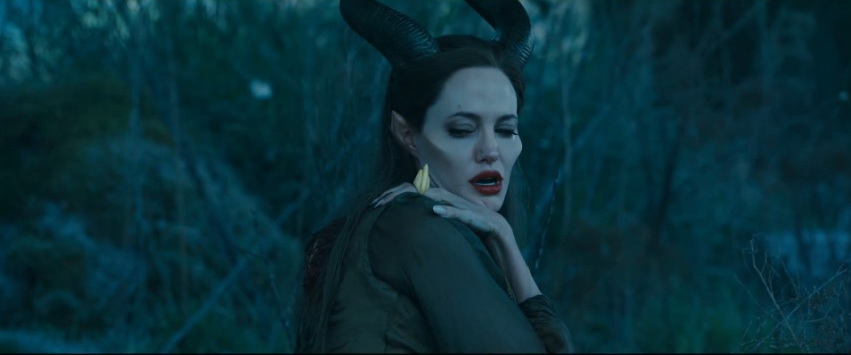
Have you seen the movie?
Have you heard the buzz?
Maleficent is the dark fairy who casts a spell on Sleeping Beauty. Through this Wicked-like prequel brought to us by Angelina Jolie and Disney, we come to understand the story differently. It’s not a movie for very young kids, but the moral lessons are fascinating to discuss with kids aged 10 and up. Whether you’ve seen it or not, you’ve likely heard about THE scene that being called a metaphor for rape. Maleficent’s boyfriend, thirsty for power, drugs her and cuts off her wings. For this “brave” act, he ascends to the throne of the neighboring human kingdom, because the king had feared Maleficent’s growing power and wanted her taken down. Maleficent is left stumbling toward recovery.
It’s a powerful scene. Rape is one of the most horrific and disempowering interpretations viewers can have about cutting off the wings of a young woman who has built a following in a peaceful village as a fair, loving, and strong leader. And such darkness helps us understand how a woman could come to curse an innocent baby – an unnatural act. Yes, the movie is definitely about male/female relationships and power, but we stagnate in the usual arguments if we focus there.
The most interesting part is Maleficent’s salvation.
She wakes up without her wings, devastated and evolving toward furious. We don’t blame her for leaning into all that anger, taking back some of her power by making the king beg and casting the famous spell (spinning wheel, pricked finger, 16th birthday, sleep). Inwardly, we cheer because revenge is necessary in the face of such evil. Revenge is the first stage of recovering her power, but it’s a dark and incomplete power. Maleficent’s emotional state makes this a dark movie much of the time – literally and figuratively. But revenge is not her salvation. For that, we must look to the light.
The light enters her wounds via 2 relationships that give Maleficent wings again: a servant man/bird who evolves into a true partner once Maleficent accepts the full power of his help (who wouldn’t want a man who feeds the baby in the middle of the night and breathes fire when you’re down and out?!)…and a baby.
The baby Aurora.
Maleficent’s motherly love for Aurora develops outside the boundaries of the kingdom in which she’s distracted by revenge. Her love develops against her will even, through steady contact, but it transforms Maleficent. It awakens what’s left of her heart and reminds her of a time when Maleficent herself was closer to a state of grace. Aurora gives Maleficent back her real wings, her higher power. In the end it’s the child who saves the mother and the mother who saves the child. “No truer love,” as the bird/man Diaval says when (spoiler alert) Maleficent, through tears, kisses Sleeping Beauty back to life. No, it was not the prince, but her one true mother figure who could give Sleeping Beauty “true love’s kiss.”
Maleficent’s power in the end is far more than any king, leading with the usual armies and bloodshed. Maleficent’s power heals and unifies their world. It’s distributed too; it’s not just about her. And guess what? She recovered it by loving a baby.
What does that mean about us?
Photo credit: Walt Disney Studios Motion Pictures.
Thanks to Eva Basilion for her input on this post and to Tamsin Astor-Jack for sharing this analysis of the wing cutting scene.


